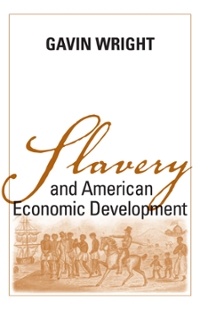Question 1 Find the strategies that survive iterated elimination of strictly dominated strategies in each of the following two normal-form games: (a) Player 2 L C R D-- (c) Find a Nash equilibrium in mixed strategies for the game in part (b). Question 2 Two classmates in a game theory class collaborate on a problem set (incidentally, recall that collaboration on this exam is not allowedl). Each student 1' = 1, 2 invests an amount of effort e,- Z 0; the cost of eort for student 2' is e3. Both students receive the same grade: .21 + 222 + 8162 [the effort of student 2 is more valuable because she's better at calculus). Hence, the payoff function of student 1' is given by 2 11461532) = 61 + 282 + 8182 IE" . (a) What's the best-response of student 1 if student 2 invests 62? What's the best- response of student 2 if student 1 invests 61? (b) Find the Nash equilibrium of this game. (e) Professor Manes recommends that the students choose s1 = ea = 2. Does this outcome Pareto dominate the Nash equilibrium (i.e., is it better for both students)? Question 3 Constantin Brancusi's sculpture Bird in Space is on exhibit at MoMA, and four thieves contemplate a heist. It's risky for them to communicate, and each thief has to decide independently whether to participate in the heist (strategy P} or not (strategy N}. Due to MoMA's elaborate security system, thieves need to work in pairs to succeed: the heist is successful only if exactly has or all four thieves participate. If the heist is successful, each of the four thieves gets a benefit of 2 {even those who don't participate in the heist). Every thief who participates in the heist bears a cost of 1 (regardless of whether the heist succeeds or fails). A thief who doesn't participate in the heist has cost 0. Therefore, the payoff of a thief who chooses P is 1 if the heist succeeds, and is -1 if the heist fails, while the payoff of a thief who chooses N is 2 if the heist succeeds, and is 0 if the heist fails. (a) How many pure strategy proles does this game have? (b) What's the best response of a thief to every possible combination of strategies for the other three thieves? (c) Find all the pure-strategy Nash equilibria of this game. What's the number of pure- strategy Nash equilibria in the game? (d) [Extra Credit] Compute a symmetric mixed-strategy Nash equilibrium in this game in which every thief participates in the heist with the same probability p E {0, 1)









